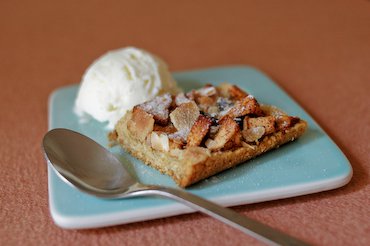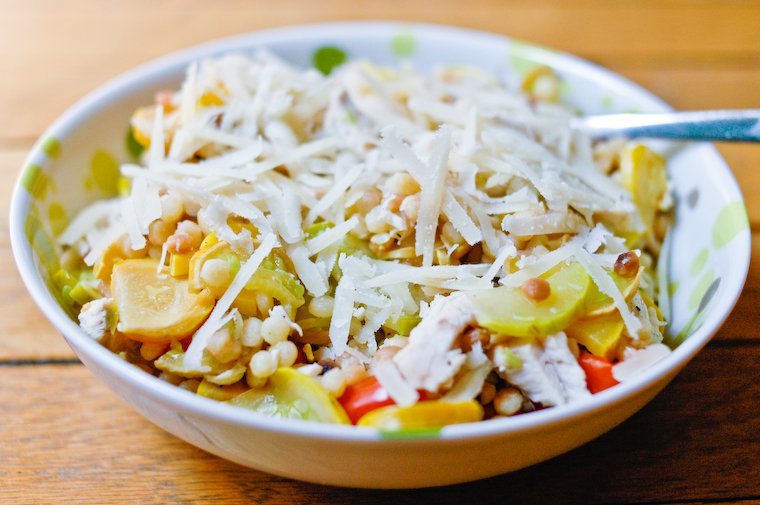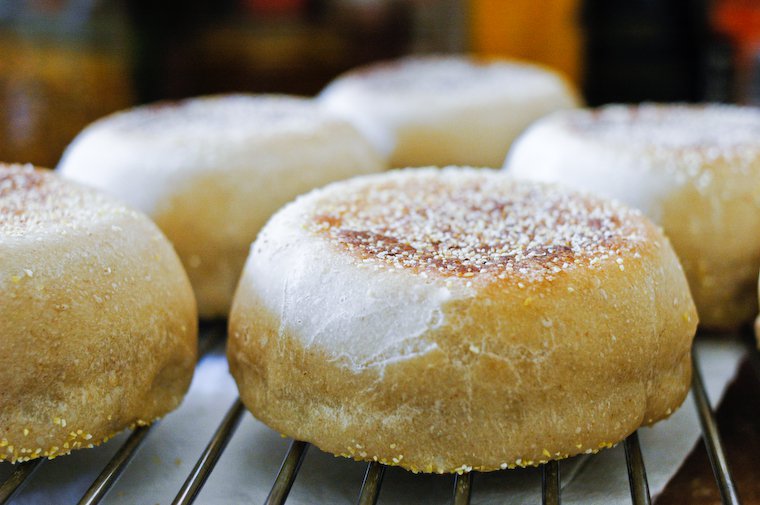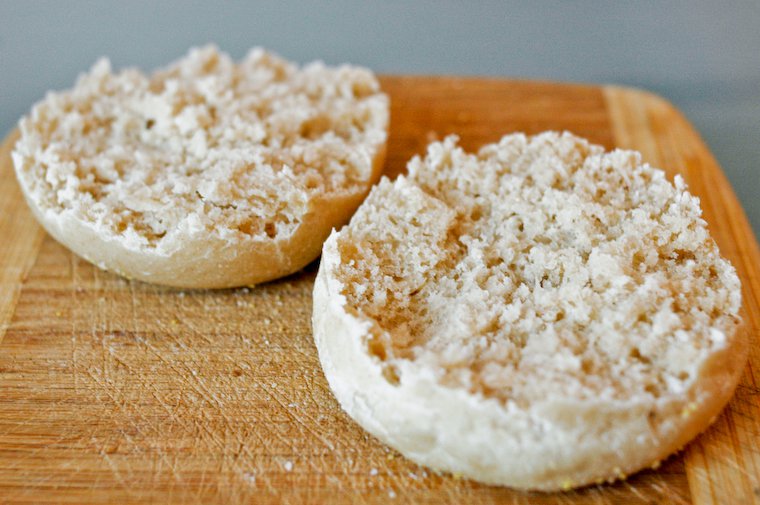
Maxence and I like to spend a weekend in Amsterdam every once in a while: we love the atmosphere of the city in any season, and we usually stay in a neighborhood called Nieuwmarkt that is both lively (plenty of shops and restaurants) and residential (real people live there), the ideal mix if you want to pretend you’re an Amsterdammer (only with terrible language skills) for a few days.
It doesn’t hurt that it is also the neighborhood where Pâtisserie Kuyt is located. This award-winning pastry shop and tea room is home to an irresistible apple confection called appelschnitte: sold in rectangular servings, this “apple slice” starts with a layer of dough that is halfway between a cake, moist and tender, and a cookie crust, sturdy enough to be handheld. Gently spiced chunks of apple sit atop that crust, with raisins and sliced almonds in their lap, and the whole thing is dusted — or rather, sandstormed — with confectioner’s sugar.
I’ve never had anything quite like it, and if you visit Amsterdam you should absolutely have a taste and send me a piece as my commission. Until then, here is my humble attempt to recreate it, on a slightly leavened pâte sablée made with ground almonds, and using cooking apples that soften when baked, for a tender mouth feel. It is very easy to make and the result is close enough, to my recollection at least, though I suspect the original involves a more substantial amount of butter and, without a doubt, a lot more icing sugar.
I served this autumnal dessert with a scoop of the easiest ice cream you can possibly make: it is simply sweetened sheep’s milk yogurt, to which I’ve added the egg white and liquor leftover from the apple slices, because it seemed like a clever thing to do. Chill, churn, and there you have it: a whiter than white, subtly tangy frozen yogurt to accessorize the still warm, apple-topped squares.
[sc:cinnamon_note]







